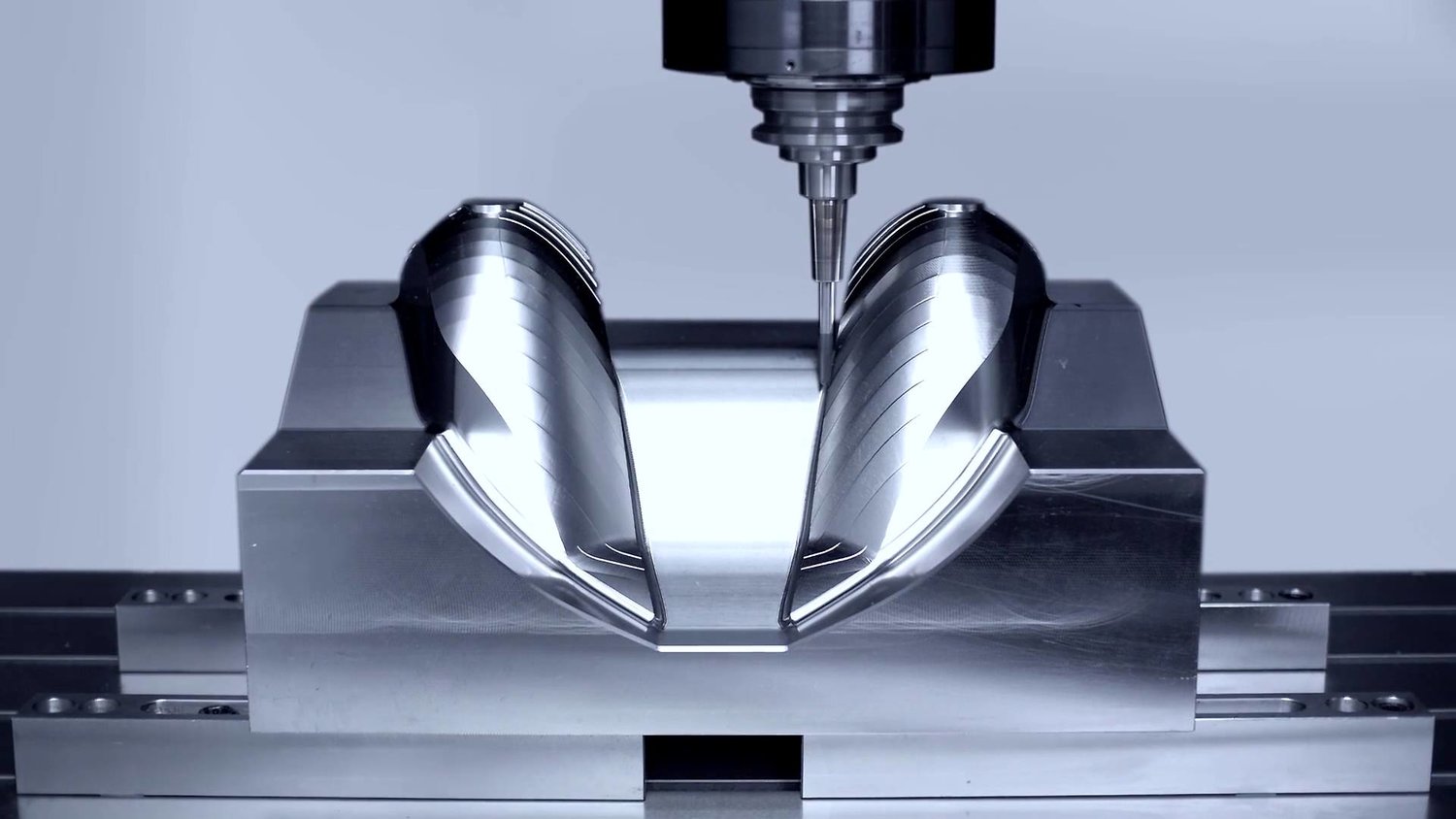In the maritime world, technology is continually evolving, providing vessels with advanced tools to ensure safety, efficiency, and a better overall experience on the water. Marine electronics solutions play a crucial role in enhancing the capabilities of boats and ships, whether they’re used for commercial, recreational, or military purposes. This article explores the integral role of these solutions and provides insight into their myriad benefits.
Historically, seafarers relied largely on manual tools for navigation and communication. However, the introduction of marine electronics solutions has transformed industry standards. By seamlessly integrating advanced technologies, businesses can optimize vessel performance and safety.Smart Manufacturing reshapes industries.

The Importance of Marine Electronics in Today’s World
As global trade and tourism continue to thrive, the demands on marine transportation grow. Marine electronics solutions facilitate smoother voyages by offering reliable navigation, weather forecasting, engine diagnostics, and much more. With innovations continuously emerging, staying ahead in this field is crucial for operators aiming to maintain competitive advantages.
Key Components of Marine Electronics Solutions
Navigation and Chartplotters
The heart of any sea journey lies in effective navigation. Modern chartplotters offer detailed marine charts, integrating GPS data to provide real-time positioning. These systems not only enhance navigation precision but also improve route planning, helping seafarers avoid potential hazards.
Communication Systems
Staying connected at sea is imperative. Advanced communication tools such as VHF radios and satellite phones facilitate clear and constant contact with other vessels and land-based stations, enhancing safety and coordination.
Weather Forecasting and AIS Systems
To ensure safety, understanding prevailing weather conditions is vital. Advanced weather forecasting systems offer real-time updates, allowing vessels to adapt to changing conditions.
Meanwhile, Automatic Identification Systems (AIS) provide information about nearby vessels, further enhancing safety and collision avoidance.
Radar and Sonar Technologies
Radar systems detect objects over the water’s surface, making them indispensable for navigation in adverse conditions. Complementing radars, sonar provides underwater imaging, essential for commercial fishing or scientific exploration. Learn more about electronics prototyping for new innovations.
The Benefits of Marine Electronics Solutions
Enhanced Safety and Efficiency
Marine electronics solutions dramatically reduce the risk of accidents by alerting operators to potential hazards. Customizable alerts and automated responses ensure prompt action, thus minimizing human errors.
Cost-Effective Operations
With precise navigation and real-time data at operators’ fingertips, fuel consumption can be effectively managed. This not only lowers operational costs but also reduces carbon emissions, aligning with sustainability goals. This ties into concepts like building a greener future in marine technology.
Improved Decision-Making
Instantaneous data and analytics provide operators with the information needed to make informed decisions. By leveraging AI and machine learning, predictive maintenance can be optimized, reducing downtime and ensuring seamless operations.
Challenges in Implementing Marine Electronics Solutions
Integration with Existing Systems
While modern systems offer unparalleled advantages, integrating them with existing infrastructure can be challenging. It requires expertise and often a reevaluation of current operational protocols.
Costs and Maintenance
The initial investment in cutting-edge technology can be substantial. However, long-term benefits, including increases in safety and efficiency, often outweigh the upfront costs. Regular maintenance is critical to ensure systems function optimally. Dive into how prototyping for startups is essential for developing new solutions.
The Future of Marine Electronics
Advancements in Automation
The boating industry is steadily moving toward automation. As autonomous vessels become a reality, the role of electronics in navigation, communication, and safety becomes even more significant, particularly in contexts like driving innovation across various sectors.
Remote Monitoring and IoT Integration
The Internet of Things (IoT) facilitates real-time remote monitoring, offering unprecedented control over entire fleets. This not only enhances operational efficiency but also improves maintenance protocols, ensuring timely interventions before issues escalate.
Conclusion
With advances in marine electronics solutions continuously shaping the marine landscape, it’s essential for operators to embrace these technologies to enhance their competitive edge, safety, and overall efficiency. As the seas become more navigable and safer through technological prowess, the potential for enhanced trade, tourism, and exploration expands significantly.

Frequently Asked Questions
What are the core components of marine electronics?
The primary components include navigation systems, communication devices, weather and AIS systems, and radar and sonar technologies.
How do marine electronics improve safety?
Marine electronics provide real-time data and alerts, assisting operators in making informed decisions to avoid potential hazards.
Are marine electronics expensive to implement?
While initial investments can be high, the long-term benefits of improved safety, efficiency, and cost savings typically justify the expense.


